51+ Sample Consulting Reports
-
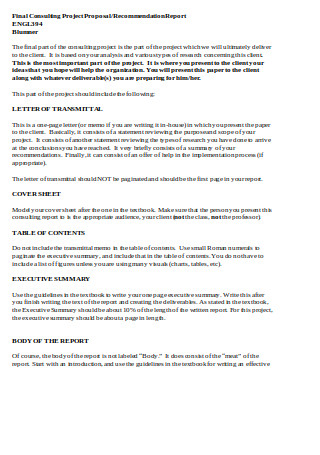
Final Consulting Project Proposal/ Recommendation Report
download now -
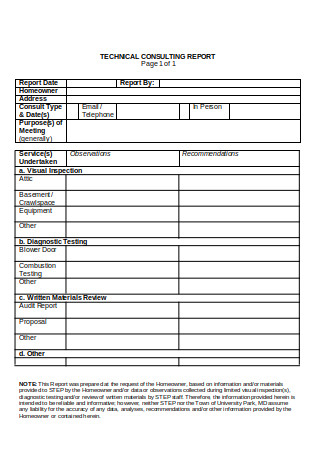
Technical Consulting Report
download now -
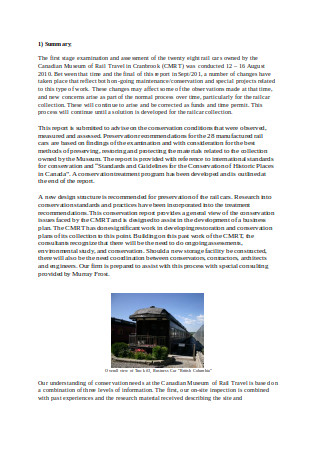
Conservation Consulting Report
download now -

Hotel Consulting Report
download now -
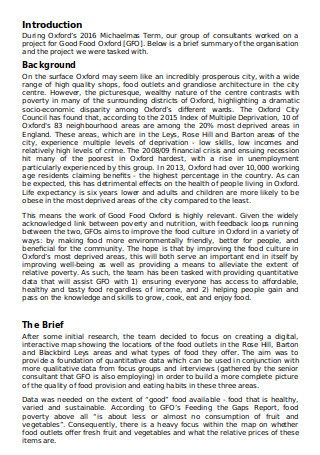
Student Consultancy Report
download now -
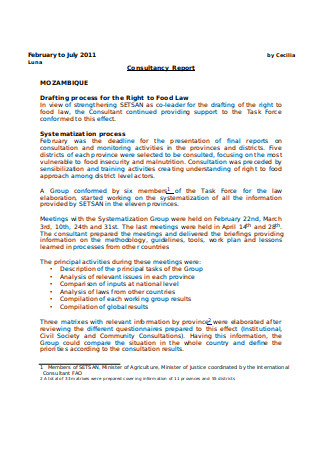
Sample Consultancy Report
download now -

Engineering Consultant’s Report
download now -
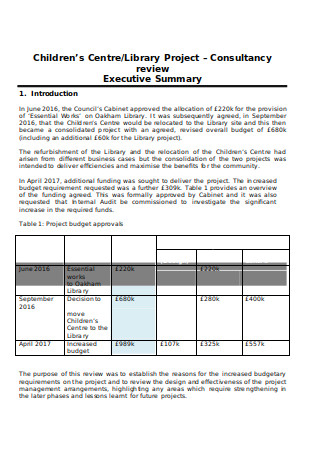
Internal Audit Consultancy Report
download now -
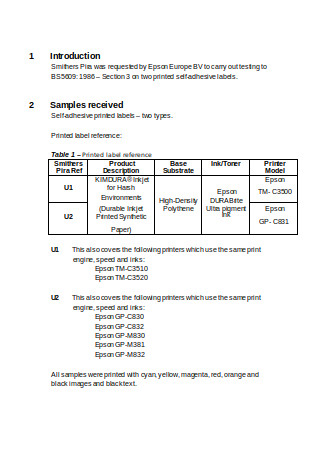
Simple Consultancy Report
download now -
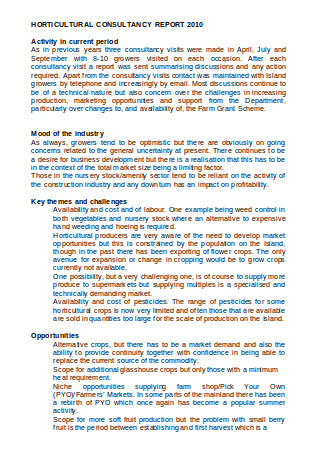
Horticultural Consultancy Report
download now -
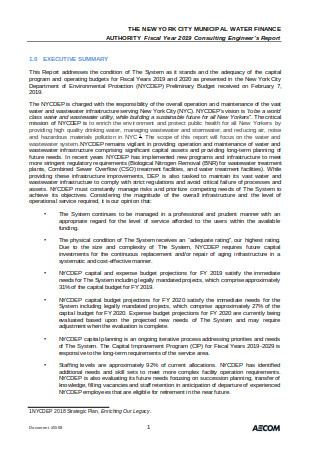
Consulting Engineer’s Report
download now -
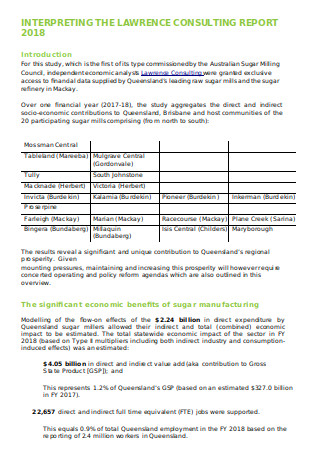
Consulting Report Format
download now -

Project Consulting Report
download now -
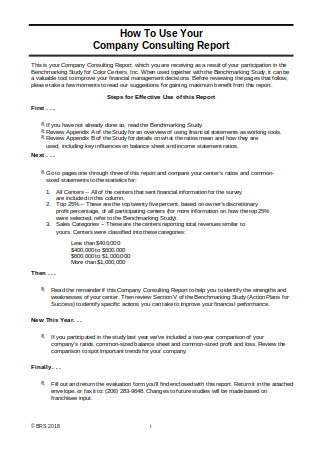
Company Consulting Report
download now -
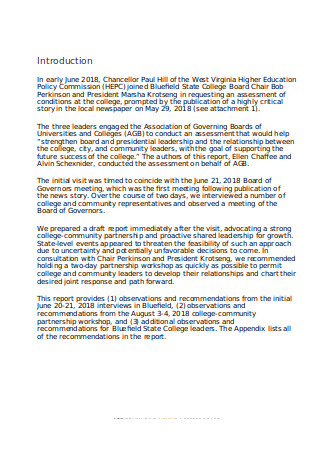
Basic Consulting Report
download now -

Management Consulting Report
download now -

Real Estate Consulting Report
download now -
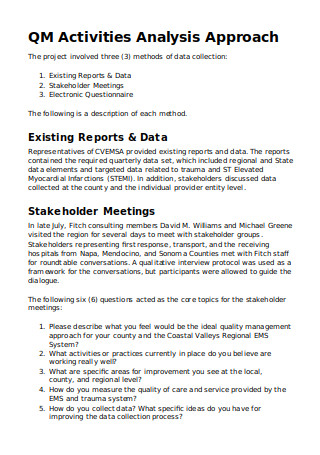
Quality Management Consultant Report
download now -

Technical Assistance Consultant’s Final Report
download now -
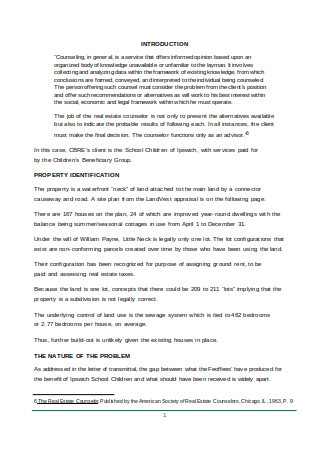
Sample Real Estate Consulting Report
download now -
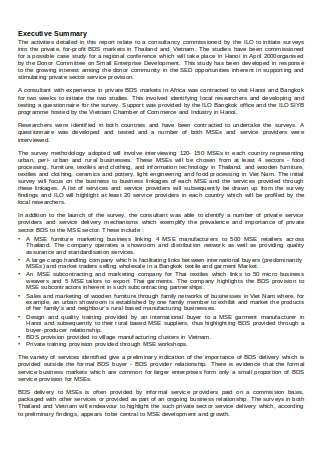
Consultancy Report for the International Labour Organisation
download now -
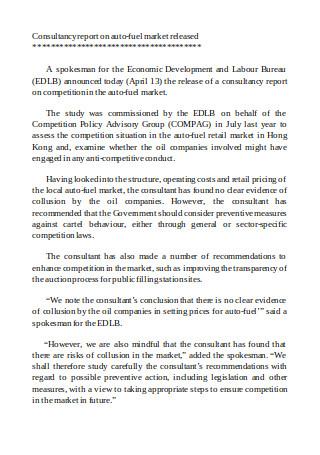
Consultancy Report on Auto-Fuel Market
download now -
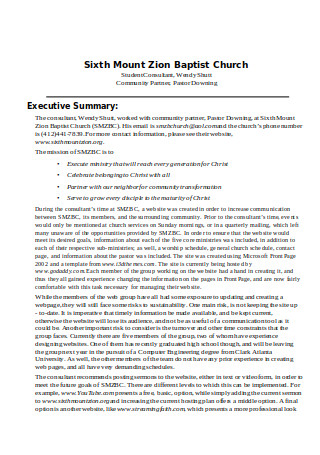
School Course Consulting Report
download now -
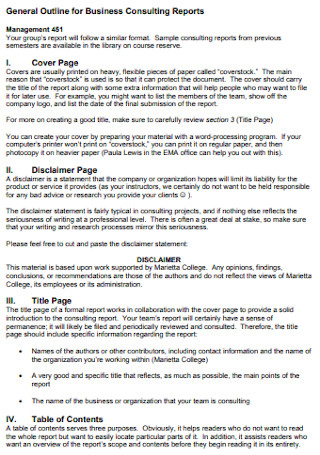
General Outline for Business Consulting Report
download now -
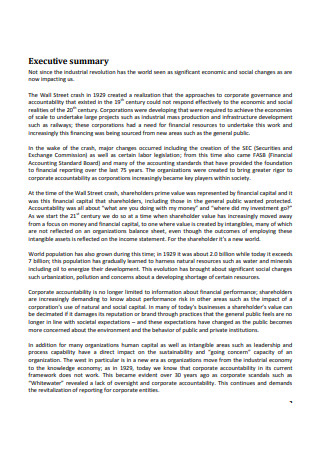
Consulting Report Template
download now -
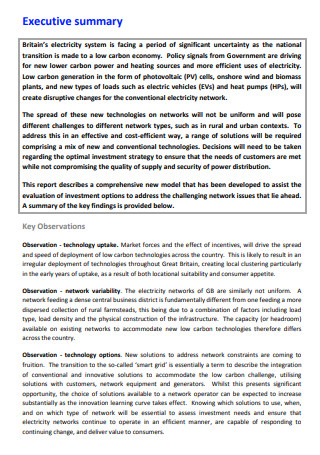
Project Consulting Report Template
download now -
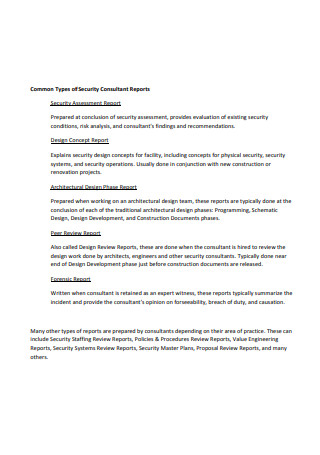
Security Consultant Report
download now -
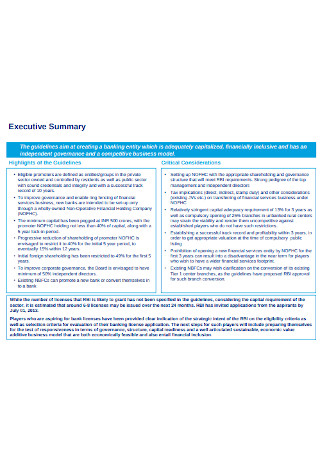
Basic Consulting Report Template
download now -
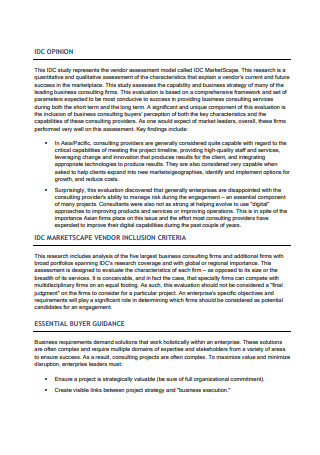
Business Consulting Full Report
download now -

Real Estate Consulting Report in PDF
download now -

Logistics Consulting Report
download now -
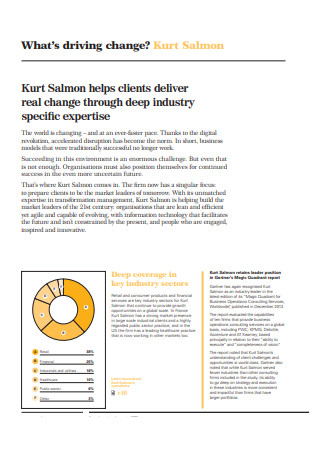
Consulting Annual Report
download now -
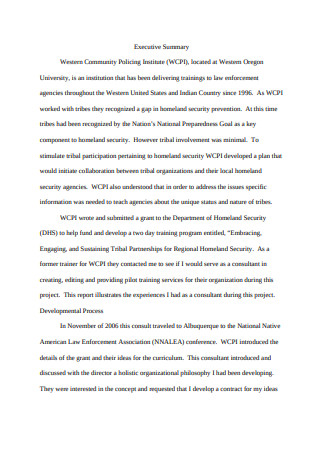
Communication Consulting Project Report
download now -
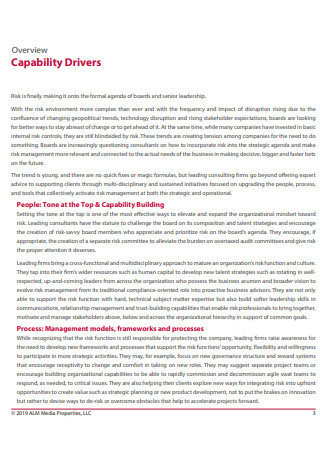
Strategic Risk Management Consulting Report
download now -

Consulting Portrait Report Template
download now -

Management Consulting Industry Report
download now -
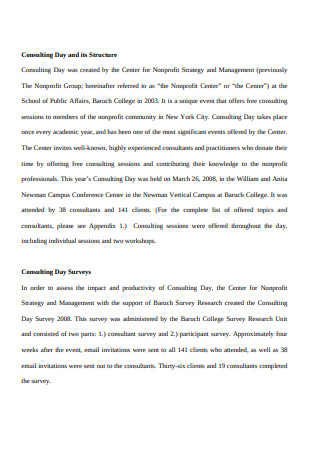
Consulting Day Report
download now -

College Consulting Report
download now -
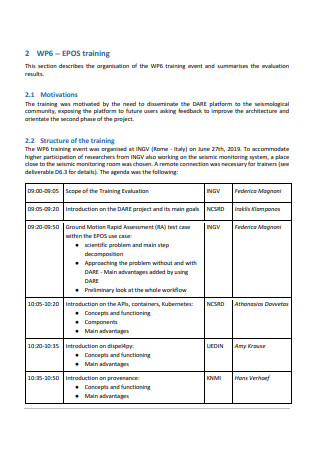
Training and Consulting Report
download now -
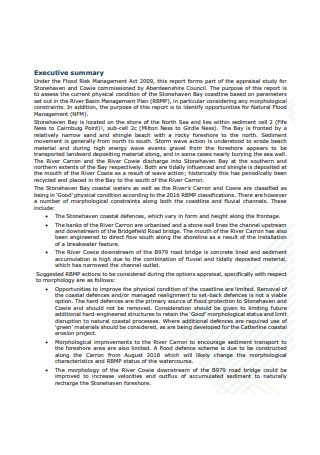
Standard Consulting Report
download now -
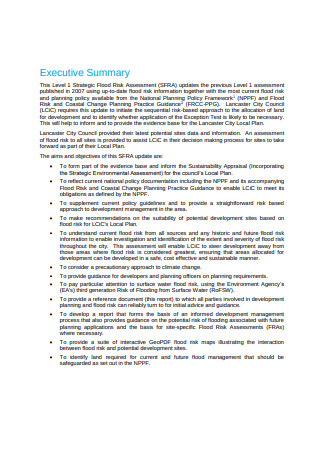
Sample Consulting Report Template
download now -
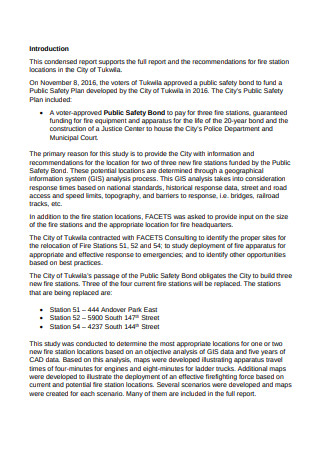
Management Consulting Report in PDF
download now -
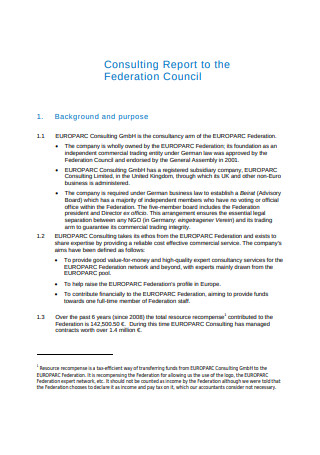
Consulting Report to Council
download now -
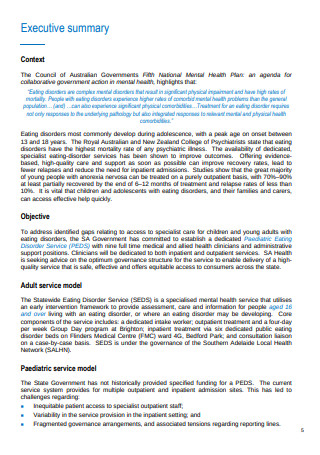
Formal Consulting Report
download now -
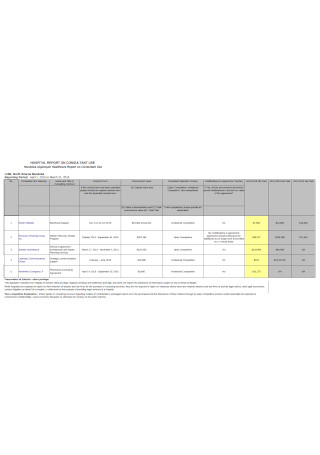
Hospital Report on Consultant
download now -
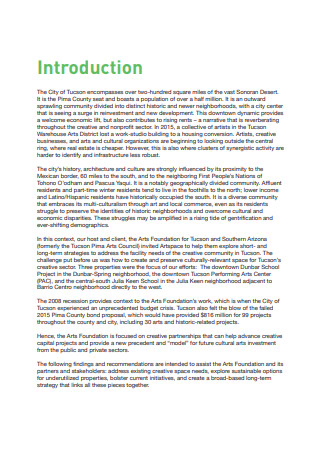
Spaces Consulting Report
download now -
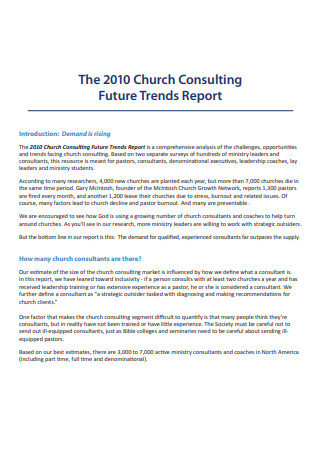
Church Consulting Summary Report
download now -
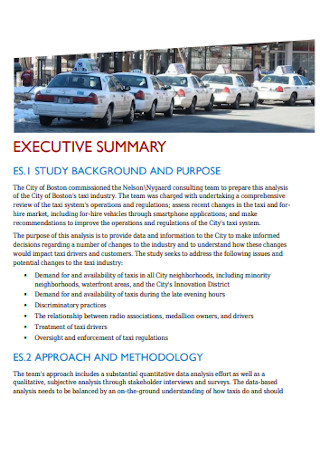
Taxi Consultant Report
download now -
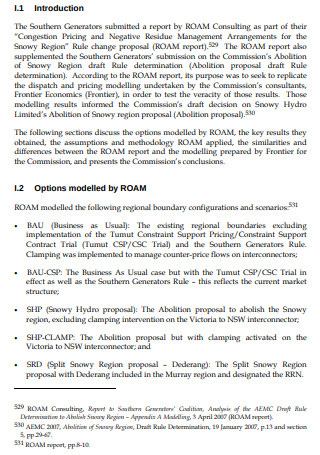
Format of Consulting Report
download now -
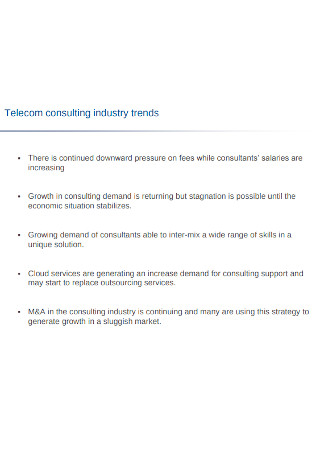
Telecom Consulting Report
download now -
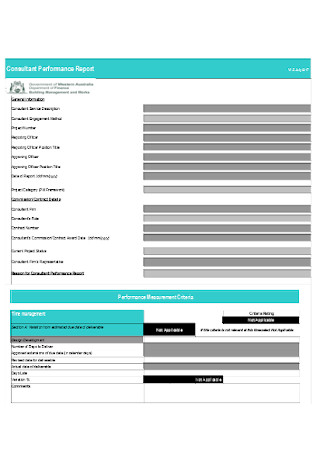
Consultant Performance Report
download now
What Is a Consulting Report?
A consulting report is a document where technical expertise and solutions are provided. It is meant to be given to those who possess little knowledge in a specific field, or whose knowledge or experience isn’t enough to qualify as expert-level. Oftentimes, this is written by professionals that are outside organizations and companies. Those are the ones that serve as clients, requiring outside expertise to solve issues and problems that they neither have the time nor the capability to solve on their own. One can expect this document to follow the structure of formal reports, which will include a front matter, the body of work, and its back-matter.
The wealth of knowledge needed to solve issues is required by more people than most probably realize. According to Statista, the size of the global management consulting market in terms of billions is $ 276.86 billions. From the same source, it reports that the global technology consulting market figures at $48 billion, while the global strategy consulting market is at $31 billion. A Forbes article has also identified both Deloitte and Bain & Company as two of the most recommended consultancy firms in the US alone. Accenture is yet another company that’s been turning heads and attracting high profile clients from across 120 countries.

The Types of a Consulting Report
On a fundamental level, all consulting reports serve the same purpose: to help clients. When looking into different types, the idea is to look into specialized purposes and specific topics. With that said, see how the following items on this list can serve clients and under what circumstances should you use each one for.
How to Write a Consulting Report
As mentioned before, a consulting report follows the structure of other report documents, such as technical reports and lab reports. Detailed below is a step-by-step guide on how this can be accomplished. Beginners and professionals alike are guaranteed to find these instructions useful due to its simplicity and the direct-to-the-point manner in which it is written in.
Step 1: Create the Title Page
The first step is to create your report’s title page. This is meant to inform the report’s readers on what the topic at hand is about, as well as involve some of the more minute details. Be sure to include the names of those who participated or contributed to the creation of the document here, as well as the date it is written or completed.
Step 2: Create the Table of Contents
Following the title page would be the table of contents, for the benefit of your readers who may not want to read everything from start to finish. You can choose to simply write the general sections of the report and its corresponding page number here, or you may include even the subheadings. Having a table of contents is vital for those who are only interested in one or two parts of the document and not the entire report.
Step 3: Write the Executive Summary
An executive summary will reveal to your readers what the topic is all about without going into the details too much. This is necessary since it not only will it inform, but its brief nature will also encourage readers to continue reading to learn more for themselves.
Step 4: Write the Introduction
After the executive summary, the introduction part of your report comes next. This is where you will begin in earnest and establish your first impression with the reader. Choose the words to include in this section carefully, since if done right, the introduction is where you will gain credibility and set the tone for the rest of your document. Your opening paragraph is also where you address the issue that requires your attention and expertise, although it should not be delved into too deeply yet at this point.
Step 5: Write the Analysis
This is where a good portion of your report’s bulk will be. To make this analysis possible, it is important to first conduct the necessary research. How you do that is up to you; surveys, reading into other appropriate documents, and others are often the most cited methods. Once you have what you need, it is time to use this data to create a credible analysis that your client can understand and use for his or her own purposes.
Step 6: Include a Recommendation List
With the analysis part down, the next thing to do would be to face the penultimate step of creating a recommendation list. Wherein the previous step involved the gathering and presenting of data, this one involves the use of action, albeit one that is for the clients to pursue if they so desire. It is also highly recommended to come up with more than a single recommendation or solution in the event that the primary solution does not work out well.
Step 7: Write the Conclusion
In conclusion, this is where you summarize everything that’s been presented in a way that puts an end to the problem at hand. Briefly discuss what’s been gained by the report and perhaps what can be expected by the client going forward as well. This does not have to be more than one or two paragraphs at least and can consist of a single page at most.
The Dos and Don’ts of a Consulting Report
There are many things that a consulting report is meant to do and just as many things that it isn’t. The creation of a high-quality report will also depend on you knowing which pitfalls to avoid and what to do to take things to the next level. Take a look at the list of dos and don’ts below and see how each one can help you.
Dos
Do remain neutral and objective.
As a consultant, your job is to help your clients in solving their issues. That does not entail taking sides with certain parties within the organization or being biased with certain views. If you do have certain predisposed leanings, it would be better for you to keep it out of the task at hand. Be as neutral as you can and objectively handle the consultation job as much as possible.
Do come up with win-win solutions.
You were hired by the client for your expertise and capacity to help them with whatever problems or issues that they may have. Therefore, it would be better if what you come up with are solutions that cover all bases. Everybody loves win-win situations and by providing those to your clients, it is guaranteed that you will have fully satisfied their needs. Solutions with compromises are less desirable, even when there are no other options.
Do follow established procedures and policies.
When coming up with solutions for your clients, it is important to keep in mind that certain policies must be upheld, such as anti-discrimination policies. Said policies, along with any procedures that it sets in place, are needed to make sure everything is done within the confines of what is acceptable to the client. As an external consultant, you need to play by their rules. Doing anything else may result in creating more problems that would have been otherwise avoided.
Do discuss potential alternatives.
A problem regardless of its origins would be best served with multiple solutions at hand. You and your client may prefer a specific solution, but you must also consider the consequences if your choice fails to do its intended purpose. Have a plan B ready in the face of such an event, and even further alternatives if that plan fails to succeed for whatever reason.
Do set the limits ahead of time.
You are a consultant, not a miracle worker. It will serve both you and your client better if you set expectations from the get-go. There will always be a limit to how much can be done in regards to the scope of the issues presented to you, and so limits on what solutions you can come up with must also be admitted. Do what you can and try your best to come up with win-win solutions still, the importance of which is highlighted above. By setting limits ahead of time, your client will know what to expect from your services.
Don’ts
Do not offer managerial advice.
Writing a consulting report does not need to include specific advice to your clients on how to manage their staff. Although the analysis and solutions given may lead to the potential changing of the client’s managerial style, it is not your place to directly advise it. Let your clients come to that conclusion on their own and focus more on developing solutions to their problems or issues.
Do not create solutions that go against your client’s policies.
This one goes hand in hand with the previous tip to work within the policies and procedures of your client. Whatever solution you may decide to include in your report, always be mindful that it does not require your client to stray from their policies. In order for your efforts to be truly effective, keep their systems in mind and make it easier for them to get to the bottom of their issues without crossing unnecessary lines. They will be highly appreciative of it later on once everything has been taken care of properly.
Do not be condescending.
People should not be made to feel bad over their inability to see the solutions for themselves or any lapse in judgment that they might have had. With that said, you may encounter scenarios where the solutions are readily apparent or where the client made mistakes that may seem too glaring to miss out on. Be professional and never take a condescending tone in your consulting report. Patiently illustrate the finer points of your solutions and guide them as you would otherwise in more complicated situations.
Do not change anything based on the demands of the client.
It must be said that there will also be times when you end up having to deal with clients who are less than professional. Some may be condescending themselves or too pushy. For the latter, it is important to stand your ground whenever unreasonable demands are being made. Remember that you are an external expert whom they hired to fix an internal problem. Render the service you were brought in for and keep your integrity as opposed to doing everything according to your client’s wishes, which may or may not even be that helpful, to begin with.
Do not just ‘fill in the blanks’ or make any kind of assumption.
It is crucial for you to attain as much relevant information possible regarding what problems or issues your clients face. Although it can be tempting to make guesses, assume, or fill in the blanks, there’s just as much of a chance that you will be wrong about them as you would be right. Do not risk this because your client is depending on your capacity to help them out. Research, ask the right questions and formulate your answers based on what you have found out. In the end, you can be guaranteed that your own solutions will be much better and more effective compared to the ones that come out of assumptions and guesses.
As with various other kinds of professional documents, a consulting report template is fraught with important details and can’t-miss sections. It takes practice and experience to create one in such a way that clients are immediately won over from the get-go. To those who want to skip all the trial and error to head straight to the point, it is important to find the most appropriate templates for your specific needs. With the right template, you can prevent starting from scratch and edit in your require details only, before ultimately printing it out or sending it to clients digitally.
